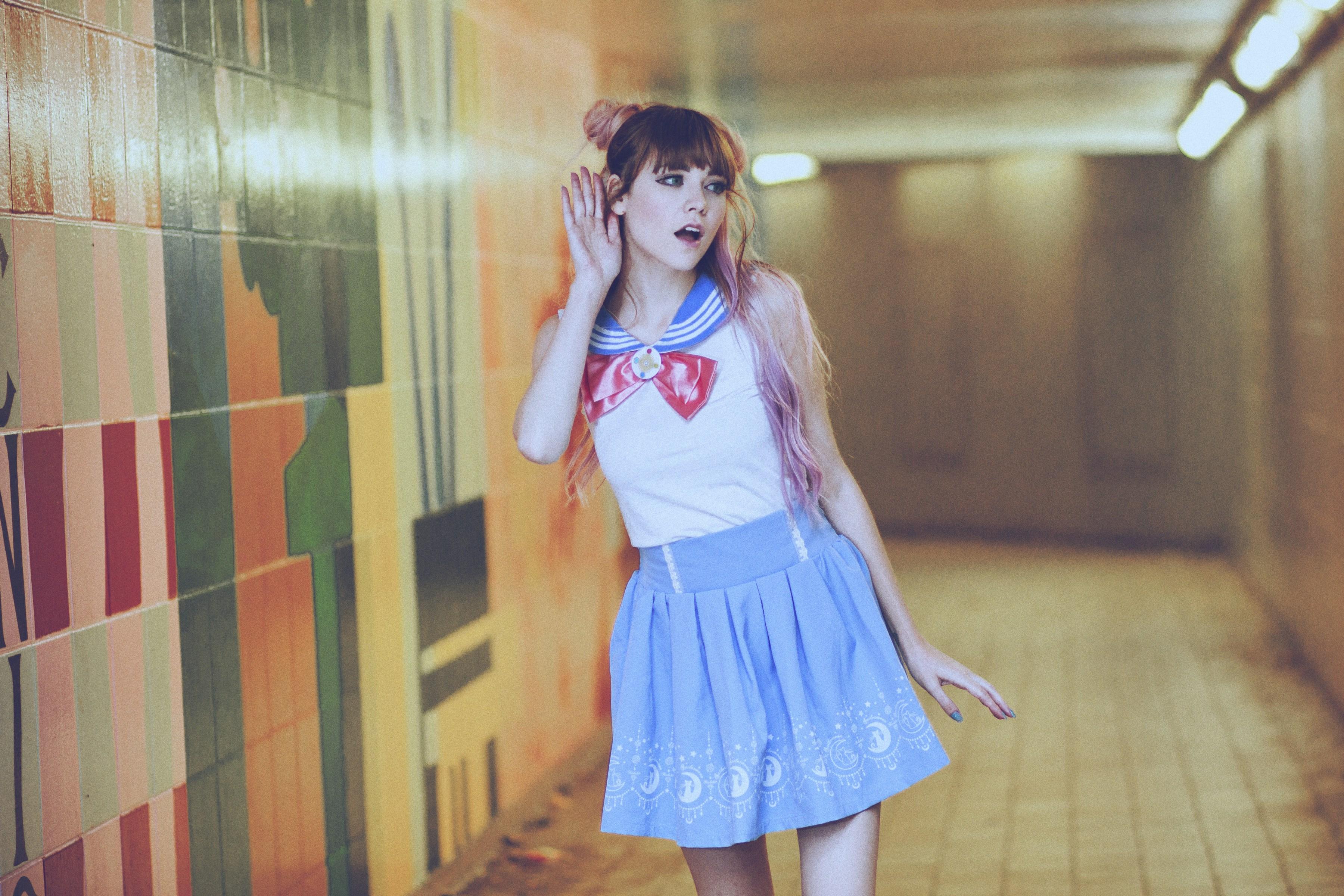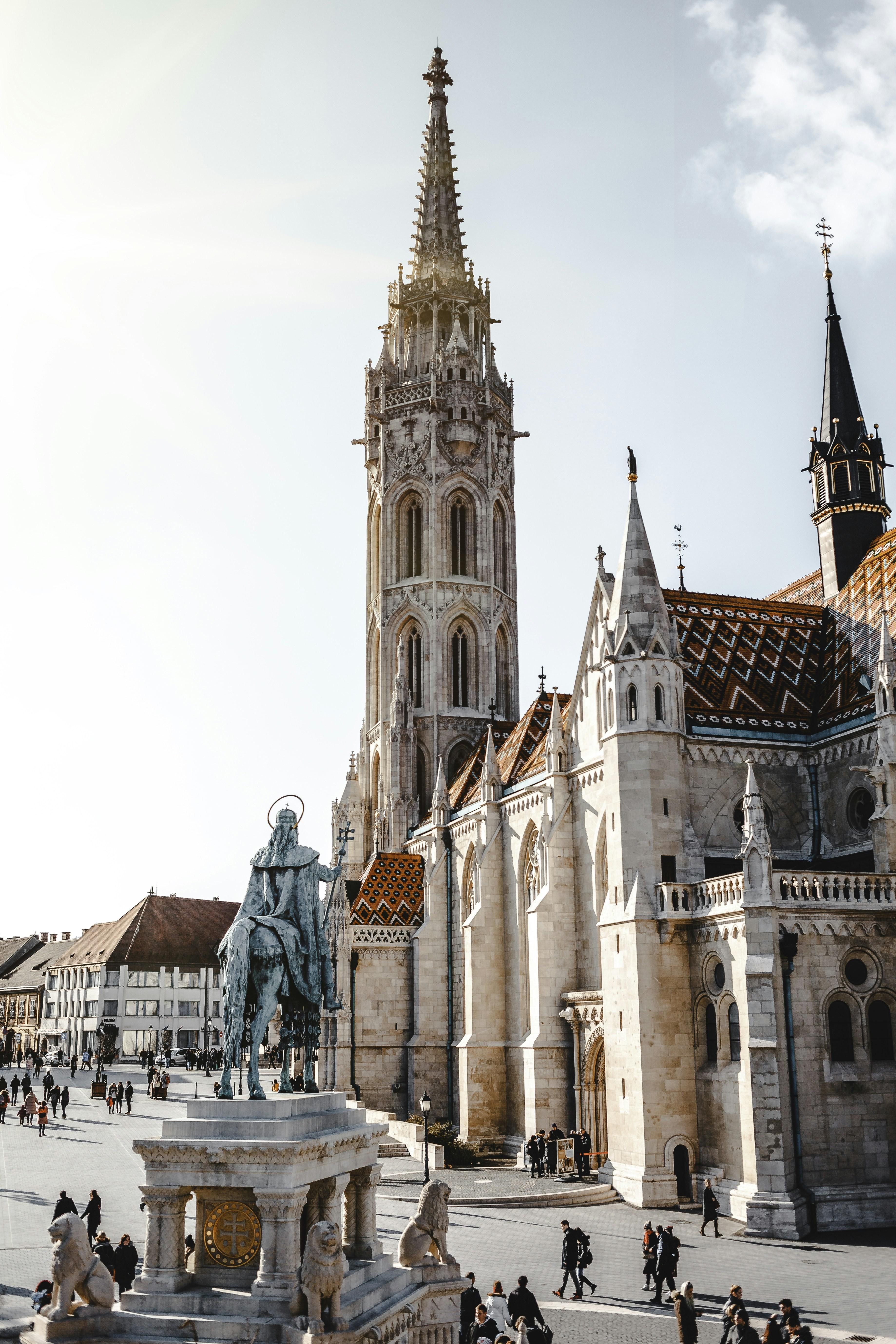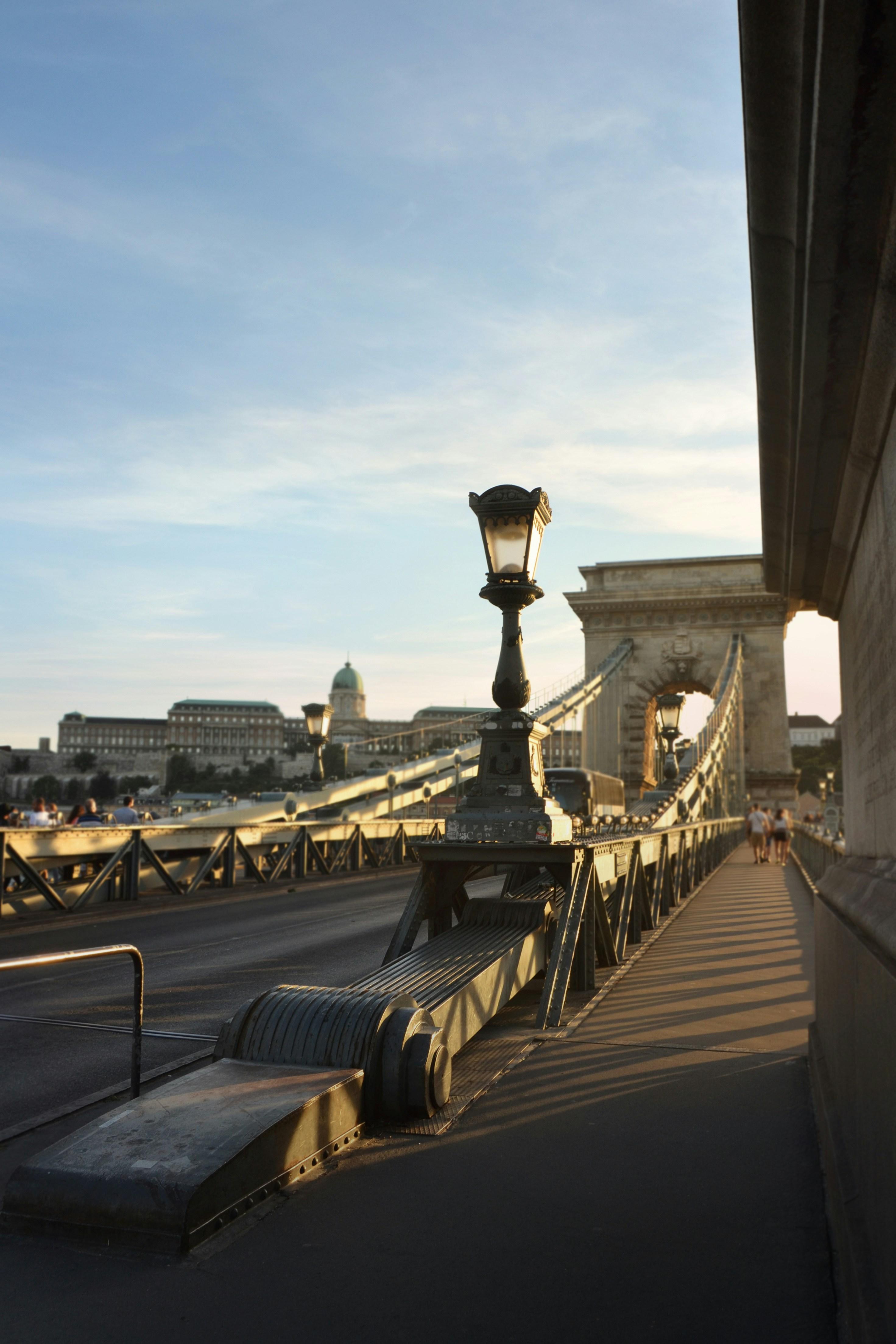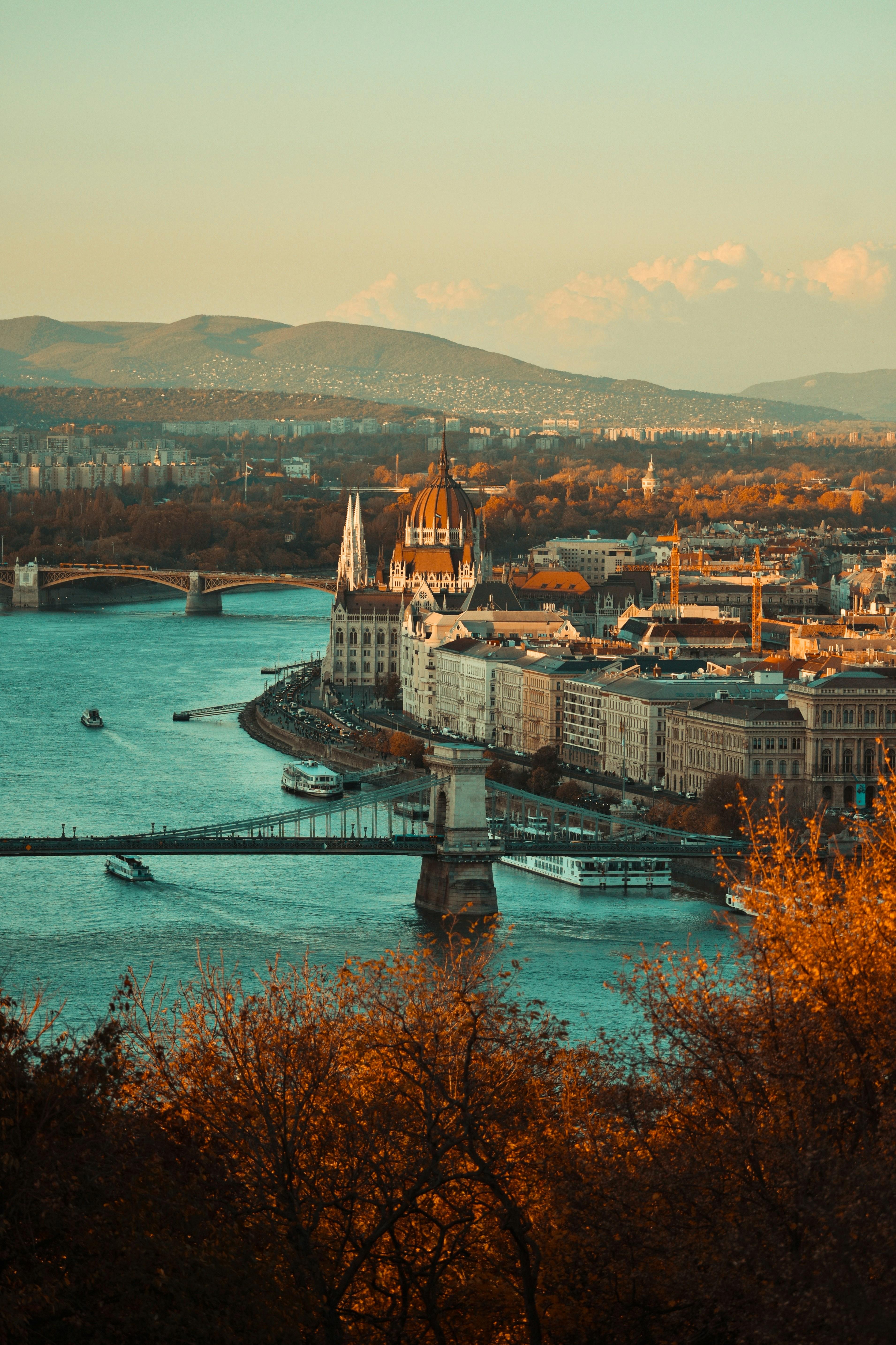The 2014 release of Wes Anderson‘s “The Grand Budapest Hotel” marked a significant moment in contemporary cinema, showcasing a unique blend of visual artistry and narrative sophistication that has since influenced filmmakers and captivated audiences worldwide. This film, characterized by its meticulous attention to detail, symmetrical compositions, and vibrant color palette, has not only solidified Anderson’s status as a visionary director but has also inspired a wave of cinematic works that echo its stylistic and thematic elements. This article delves into the cinematic influence of “The Grand Budapest Hotel,” examining how its distinct aesthetic and storytelling approach have permeated various facets of the film industry, from indie productions to mainstream blockbusters. By analyzing the film’s impact on visual style, narrative structure, and cultural motifs, we aim to understand the enduring legacy of Anderson’s work and its contribution to the evolution of modern cinema.
Visual Storytelling and Aesthetic Precision
Wes Anderson’s “The Grand Budapest Hotel” stands as a paragon of visual storytelling, where each frame is meticulously crafted to convey narrative depth and emotional nuance. The film’s aesthetic precision is evident in its symmetrical compositions and bold color palettes, which serve as more than mere stylistic choices. These elements are carefully orchestrated to enhance the storytelling, creating a visual language that speaks volumes about the characters and their journeys. Anderson’s use of pastel hues juxtaposed with intricate set designs not only captures the whimsical yet melancholic tone of the film but also elevates the viewer’s experience by immersing them in a meticulously constructed world that feels both surreal and authentic.
In addition to the film’s distinct color schemes, the use of miniature models and stop-motion sequences adds a layer of tactile realism that grounds the fantastical narrative. This approach reflects a commitment to aesthetic precision that pays homage to classic cinema while pushing the boundaries of modern filmmaking. The attention to detail in costume design and props further contributes to this narrative clarity, allowing viewers to glean insights into the socio-political backdrop of the story without the need for explicit exposition. By combining these elements, “The Grand Budapest Hotel” not only influences contemporary cinematic techniques but also redefines the potential of visual storytelling as a medium for nuanced and layered narratives.

Narrative Structure and Character Development
Wes Anderson’s The Grand Budapest Hotel stands out in cinematic history for its intricate narrative structure and masterful character development. The film employs a unique framing device, presenting a story within a story, a technique that enriches the viewing experience by adding layers of depth and context. This multi-tiered narrative not only enhances the mystery and allure of the plot but also reflects the complexities of memory and storytelling. The audience is invited to navigate through different timelines, each with its own distinct aesthetic and emotional tone, creating a tapestry of interconnected stories that contribute to the film’s whimsical yet poignant atmosphere.
Character development in the film is equally meticulous. Anderson crafts a vivid array of characters, each with distinctive traits and arcs that are revealed through:
- Dialogue: Sharp, witty exchanges that reveal personalities and relationships.
- Visual Cues: Meticulous costume and set designs that reflect character traits and statuses.
- Narrative Roles: Characters serving as narrative devices to advance themes of loyalty, nostalgia, and change.
These elements collectively create a rich, immersive world where characters are not merely participants in the plot but are central to the thematic exploration of the story. Anderson’s ability to balance a large ensemble cast while ensuring each character is memorable and integral to the narrative is a testament to his skillful storytelling and attention to detail.

Impact on Modern Filmmaking Techniques
The meticulous craftsmanship of The Grand Budapest Hotel has significantly influenced modern filmmaking techniques, sparking a resurgence in several stylistic elements. One of the most notable impacts is the revival of symmetrical framing, a technique that not only enhances visual storytelling but also adds a layer of artistic depth to the narrative. Directors today are increasingly embracing this approach, creating compositions that captivate the viewer’s eye with their balanced beauty.
- Color Palette Mastery: The film’s vibrant and meticulously curated color schemes have inspired filmmakers to pay closer attention to color theory, using it to evoke specific emotions and set the tone of their stories.
- Miniature Models: Wes Anderson’s use of intricate miniatures has reintroduced the charm of practical effects, encouraging filmmakers to blend them with CGI for a more authentic visual experience.
- Storybook Aesthetic: The narrative style, reminiscent of a storybook, has influenced filmmakers to experiment with whimsical and surreal storytelling techniques, blending reality with fantasy in innovative ways.
Moreover, the film’s success has underscored the importance of meticulous production design and how it can become a character in its own right, contributing to the storytelling in profound ways. As a result, there is a growing trend among filmmakers to invest more in the visual details of their projects, ensuring that every frame is rich with meaning and purpose.

Inspiration for Emerging Filmmakers
The intricate storytelling and visual aesthetics of The Grand Budapest Hotel have left a significant mark on the landscape of modern cinema, offering a treasure trove of . At the heart of its influence is Wes Anderson’s distinctive style, characterized by meticulous symmetry, vibrant color palettes, and precise framing. Aspiring directors can learn from Anderson’s ability to create a visually cohesive world that immerses audiences in a unique narrative experience. The film’s use of miniatures and practical effects over CGI is a testament to the power of traditional filmmaking techniques in creating authentic and tangible worlds.
- Attention to Detail: The film’s elaborate set designs and costumes highlight the importance of detail in building a believable and engaging universe.
- Color as a Narrative Tool: The bold use of color not only sets the tone but also serves as a storytelling device, guiding the audience through emotional shifts.
- Story within a Story: The multi-layered narrative structure encourages filmmakers to experiment with non-linear storytelling to add depth and intrigue.
